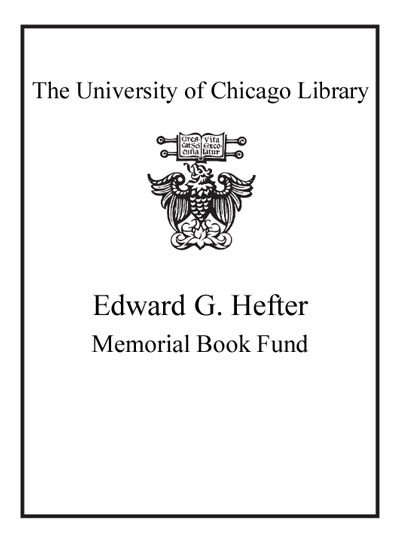Review by Choice Review
Despite being 60 years old, Spuler's 1952 German work remains a crucial study of Iran in the Early Islamic Period, encompassing the Arab Conquest to the establishment of the Seljuk Empire in the 1050s. Iran for this period also covers a much larger region that includes much of the former Sasanian Empire and the extent of Persian influence--thus, from Azerbaijan into modern Afghanistan and Central Asia. In this excellent translation of a difficult German text, editor Hoyland (Middle East history, NYU) has included several detailed maps along with a 54-page bibliography. The primary source section is quite detailed and includes several often-overlooked texts. Furthermore, the book contains three indexes divided by names, subjects, and places--a boon for researchers. The book is divided into seven chapters, covering chronological political history, religion, ethnic relations, intellectual and cultural life, administration, legal, and socioeconomic concerns, which also includes military matters. The first two chapters on politics and religion do show their age in terms of interpretation, but remain useful. The other chapters are a treasure trove of data now available to a wider audience. Summing Up: Essential. Graduate student, faculty, specialists. --Timothy M. May, University of North Georgia
Copyright American Library Association, used with permission.
Review by Choice Review

